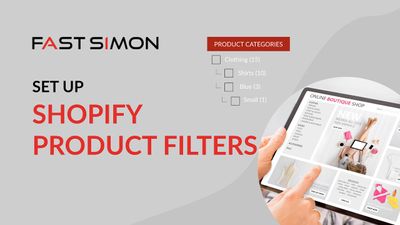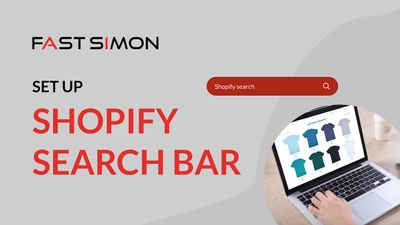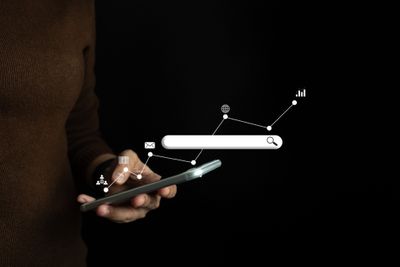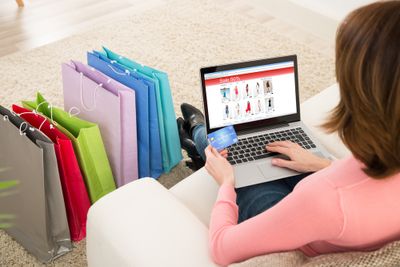Featured
Site Search: The Ultimate Guide to Internal Search
Zohar Gilad
Co-Founder & CEO
December 2, 2024

Top articles

Optimized eCommerce Experience
December 4, 2025
Simplest Way to Add Product Filters to Shopify: Step-By-Step Guide (+Images)

Site Search
November 19, 2024
Can AI Search the Internet? Search Engines, AI Assistants, and Tips for Optimization

Site Search
November 19, 2024
Guide to Shopify Search Bar: Add, Customize, Troubleshoot, Remove, and More
Merchandising
View all
Merchandising
December 12, 2025
Why Grouping Related Products Is Important in eCommerce Merchandising

Merchandising
December 12, 2025
Visual Merchandising in Fashion eCommerce: 7 Best Strategies That Work

Merchandising
December 12, 2025
eCommerce Visual Merchandising Guide: Improving the Online Shopping Experience
Site Search
View all
Site Search
December 2, 2025
We Analyzed the Onsite Search Functions of 15 Top eCommerce Sites in the World and the Results Were Unexpected

Site Search
December 2, 2025
6 Best Product Description Optimization Strategies to Write Compelling Copy

Site Search
December 1, 2025
Conversational Search Explained: From Query to Dialogue
Personalization
View all
Personalization
December 15, 2025
Personalization vs. Customization in eCommerce: What Is the Difference?

Personalization
December 15, 2025
Improve Customer Experience With AI: Personalization, Automation, & More

Personalization
December 15, 2025
Importance of Personalization in Your Ecommerce Strategy Using Reviews
Optimized eCommerce Experience
View all
Optimized eCommerce Experience
December 15, 2025
5 Ways to Test Your Content Quality With Google Bard (Gemini) +Examples

Optimized eCommerce Experience
December 15, 2025
Want to make customers fall in love with your brand this Valentine’s Day?

Optimized eCommerce Experience
December 15, 2025
Visual Hierarchy: How to Create a Stunning eCommerce UI (+ Examples)


